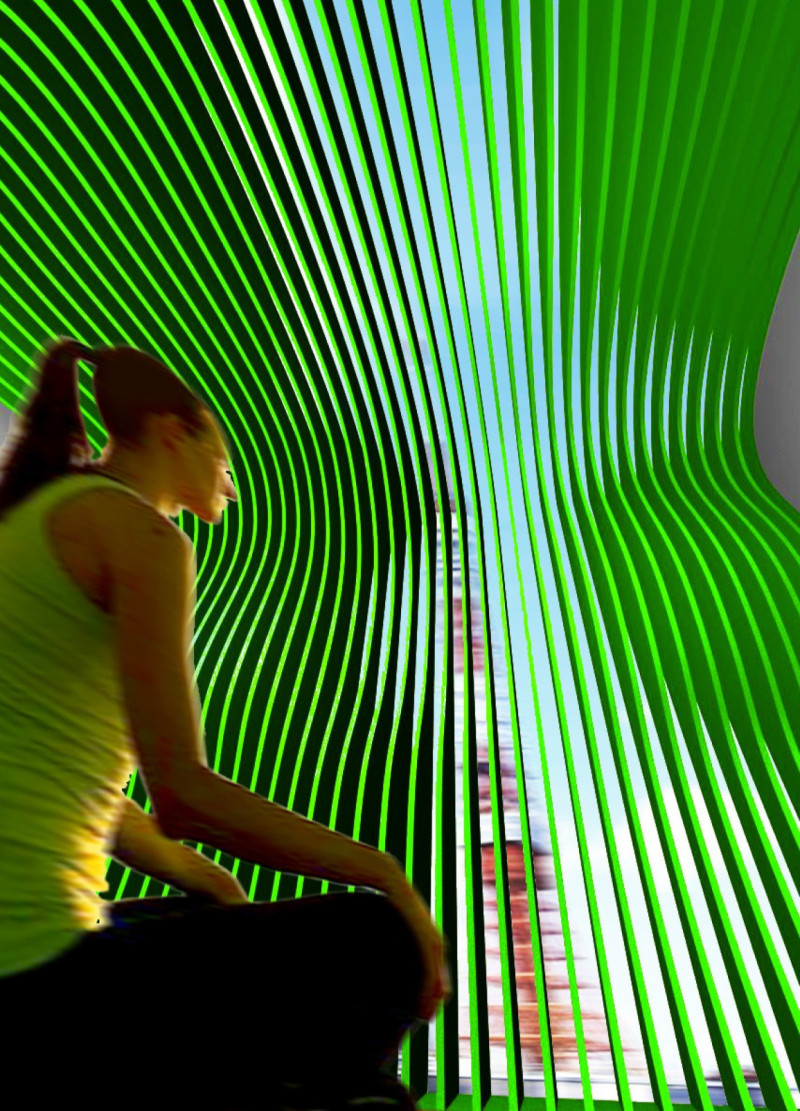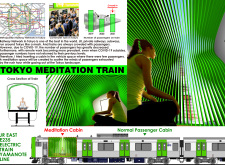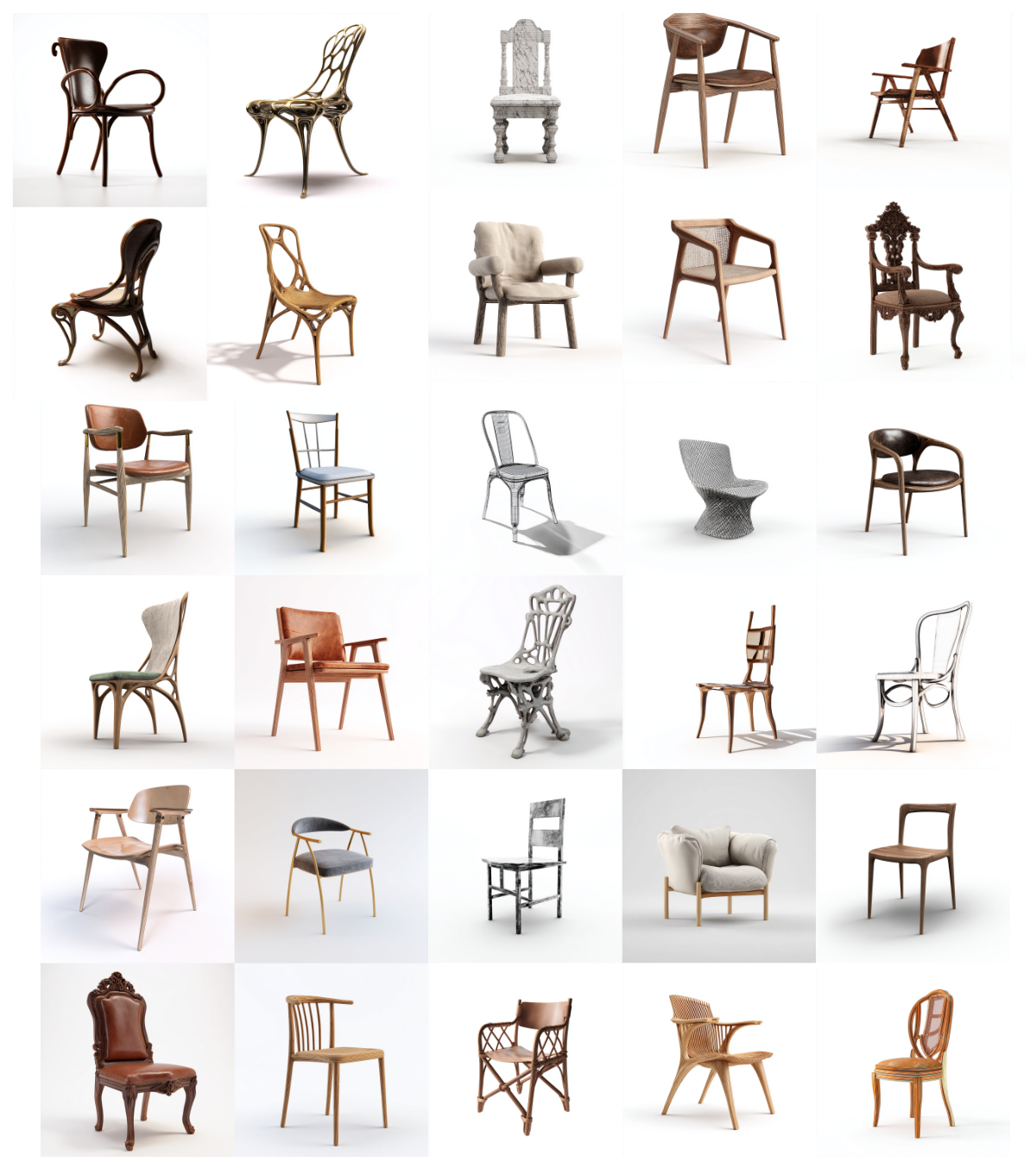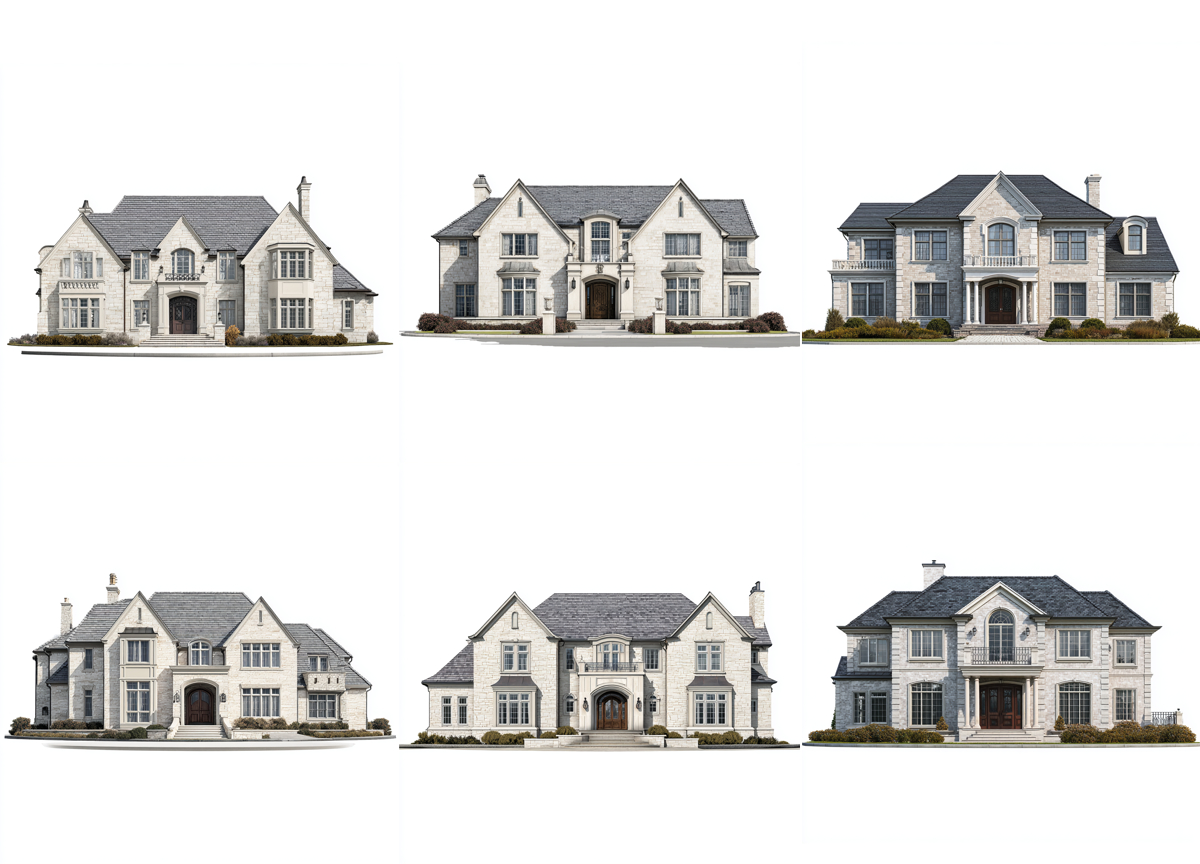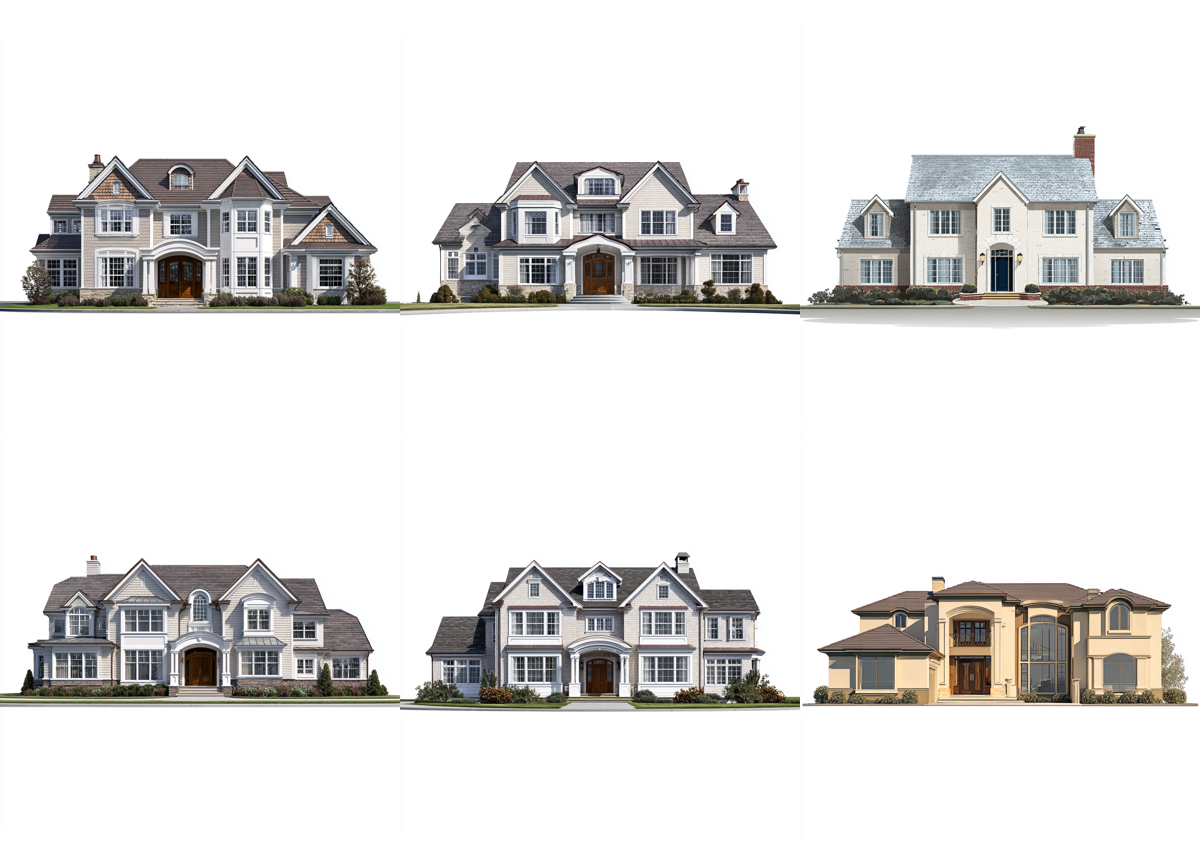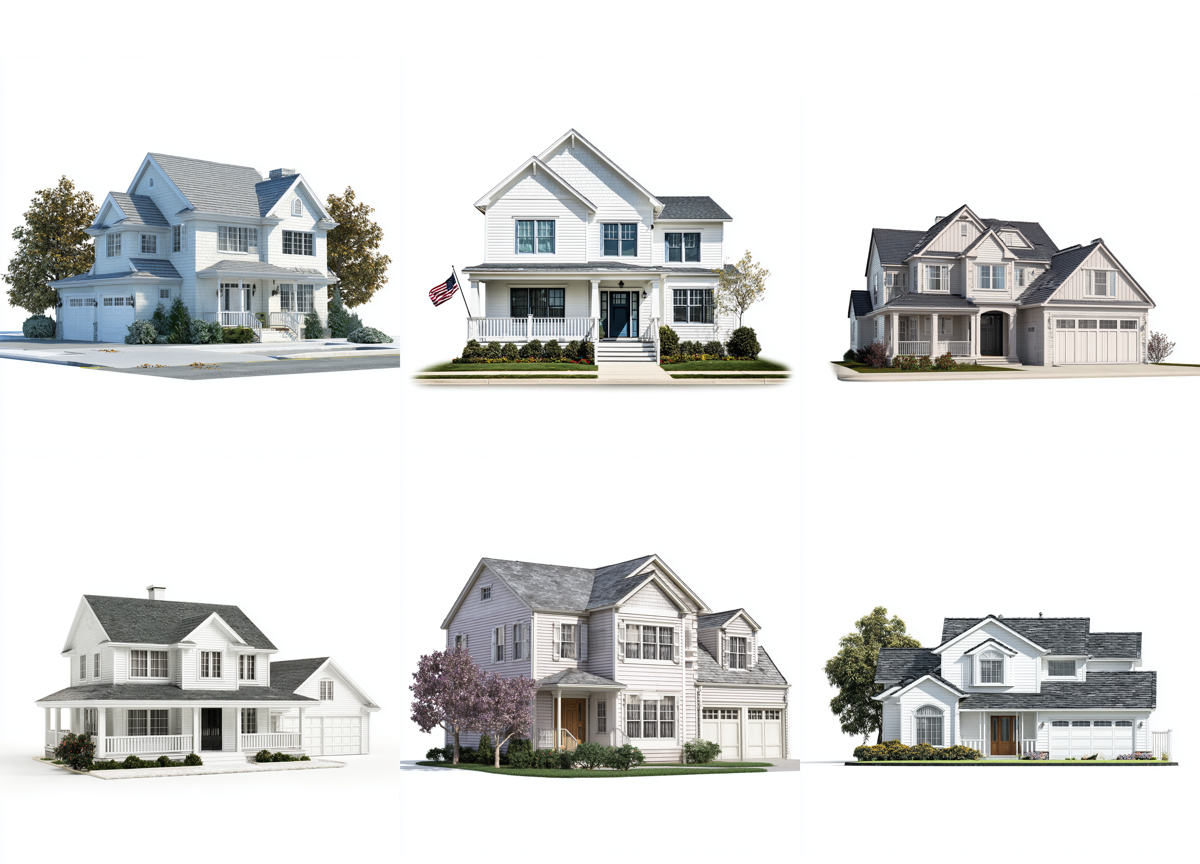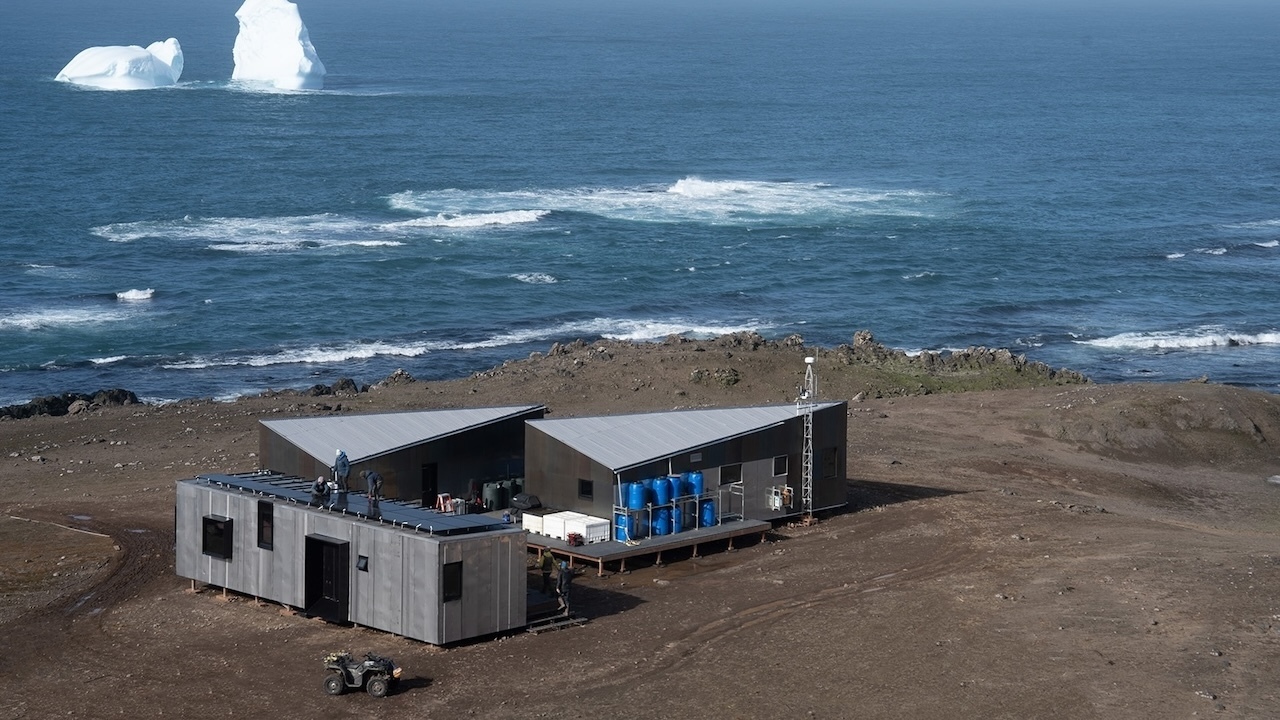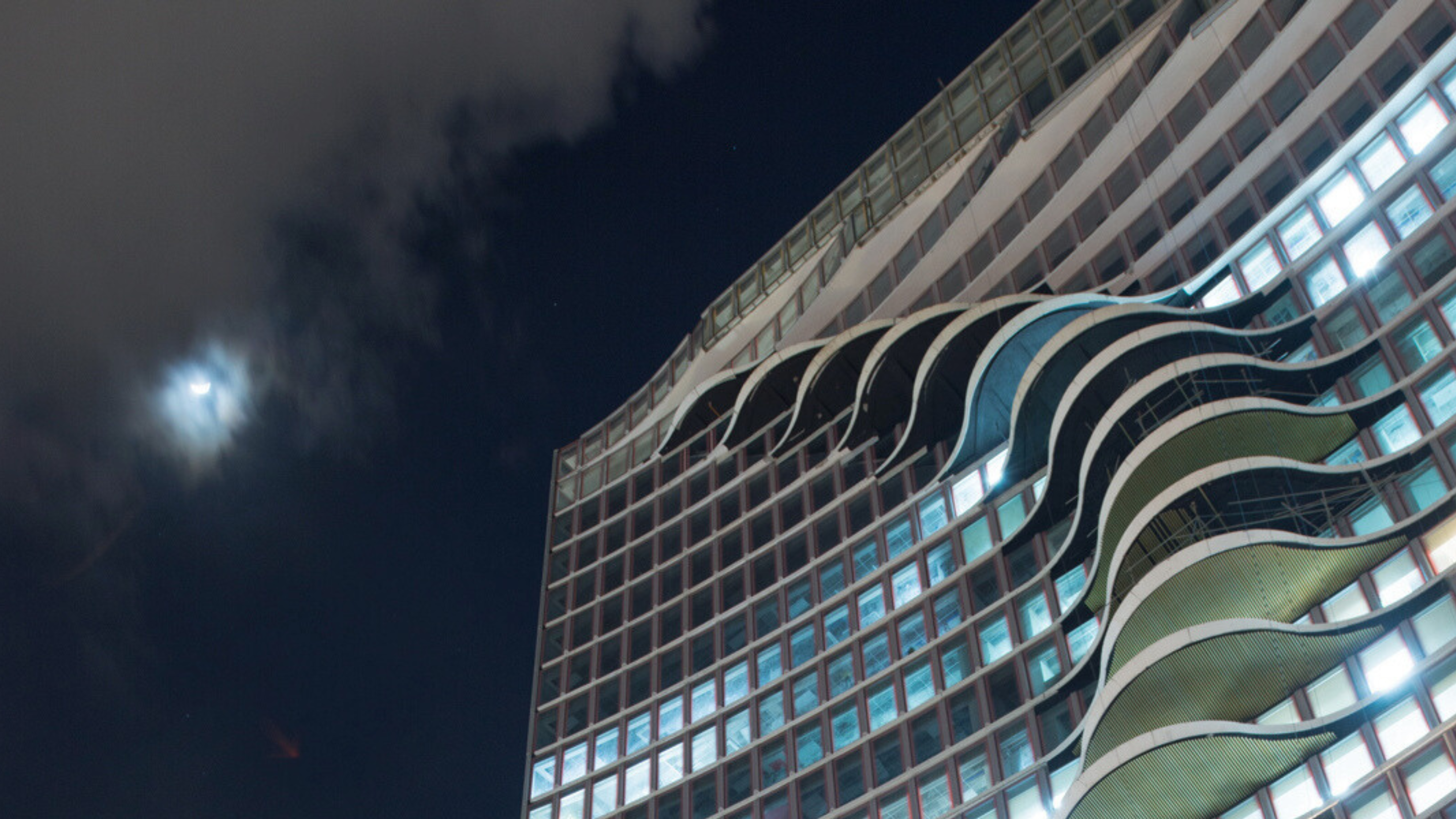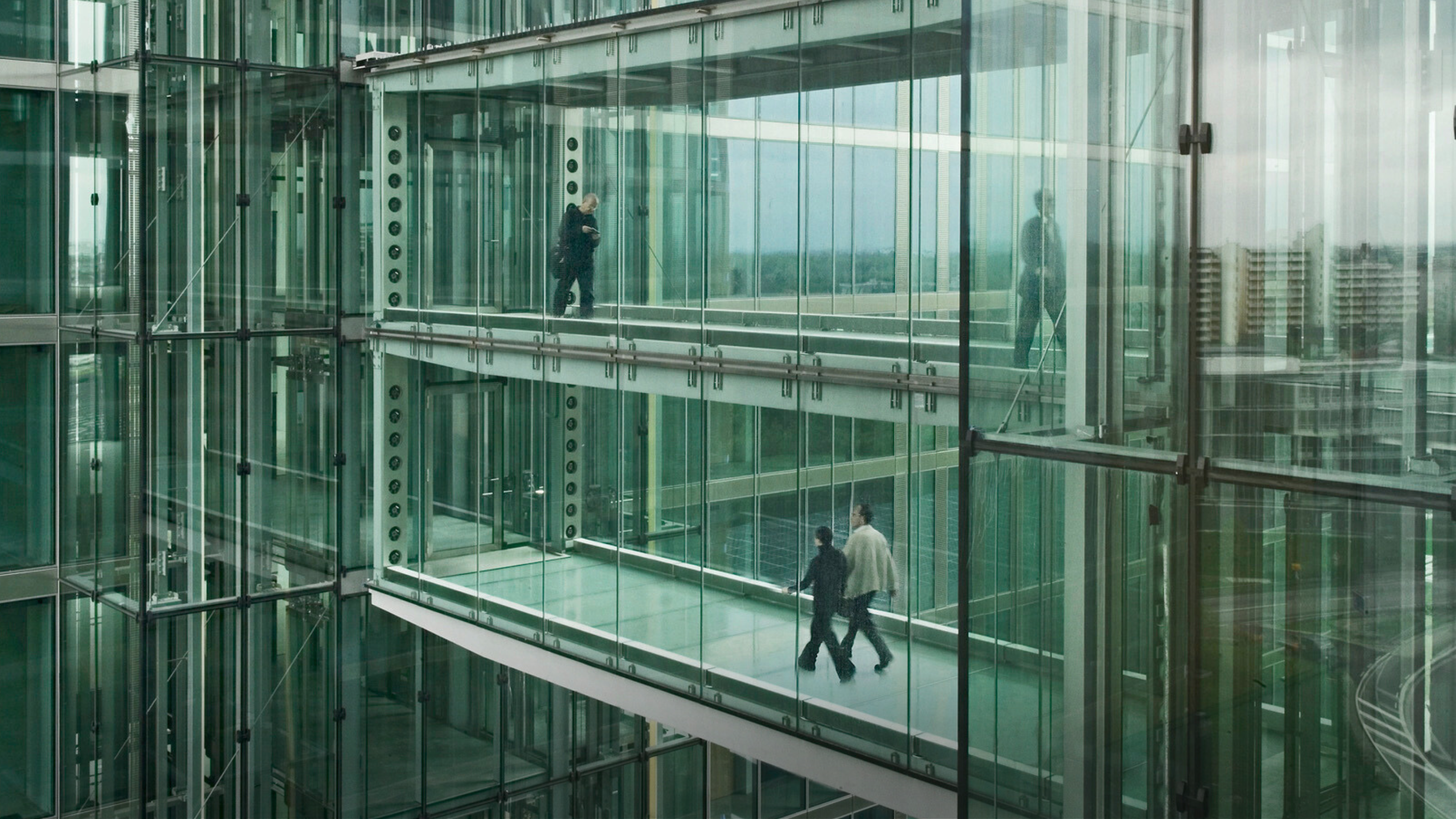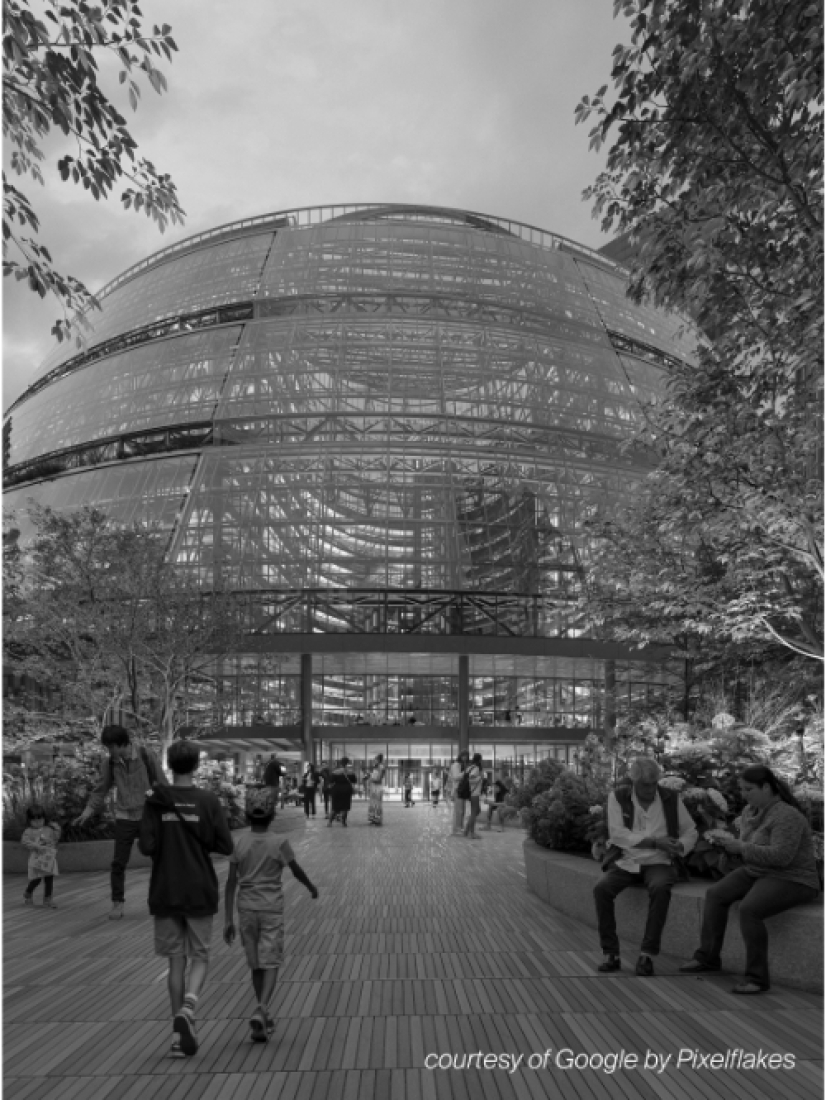5 key facts about this project
The Tokyo Metropolitan Railway Network is known for its efficiency and extensive reach, making it a vital component of daily life in the city. A new design introduces a meditation cabin into the train system, aiming to improve the experience for commuters. This initiative responds to the challenges posed by the COVID-19 pandemic and the shift toward remote work, offering a thoughtful solution for urban travelers.
Design Concept
The primary idea is to create a space for meditation within the train. This cabin serves as a peaceful area where passengers can escape the noise and stress of busy commutes. By placing the meditation cabin in sections of the train with fewer passengers, the design allows for a quiet retreat during peak travel times. This approach recognizes the ongoing need for mental well-being amid the demands of everyday life.
Spatial Layout
There is a clear distinction between the normal passenger area and the meditation cabin. This separation highlights the specific purpose of each space. The design of the meditation area aims to create a calming atmosphere, potentially using soft lighting and sound-absorbing materials to reduce distractions. This creates an environment conducive to reflection and relaxation, which can be challenging in a bustling urban setting.
User Experience
The architecture reflects an awareness of current trends around mental health. By providing a designated space for meditation, the design acknowledges the importance of integrating well-being into public transport. This thoughtful approach aims to enhance the commuting experience, allowing passengers to find moments of peace amid a busy lifestyle.
Material Considerations
Although specific materials were not detailed in the presentation, the emphasis on tranquility suggests that soft textures and sound-dampening features are likely considerations. Such details are important for creating an atmosphere that encourages mindfulness and calm.
With careful attention to these elements, the meditation cabin invites passengers to engage more deeply with their commuting experience, turning routine travel into an opportunity for personal reflection.


